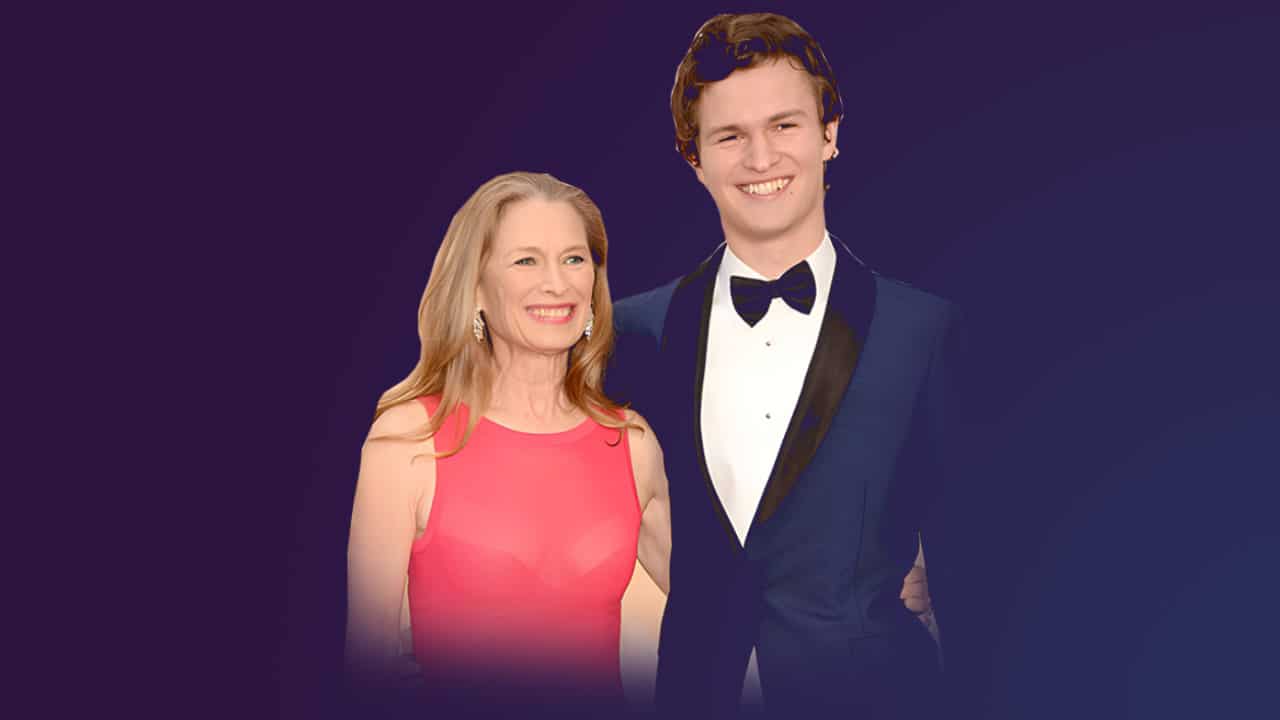In the world of opera and stage, finding a truly inspiring artist can sometimes feel like a search for a needle in a haystack. People often look for someone whose work does more than just entertain—it teaches, touches, and changes.
Grethe Barrett Holby stands out as such an artist. Born on April 26, 1948, in New Rochelle, New York, she has left a lasting mark on the operatic scene through her innovative direction and production.
This blog post will take you through Holby’s remarkable journey from her beginnings to her establishment of groundbreaking initiatives like the American Opera Projects and the Family Opera Initiative.
You’ll learn how she changed modern opera with her creative vision and commitment to arts education. Ready to learn the impact of this artistic powerhouse? Let’s look into Grethe Barrett Holby’s creative legacy.
Grethe Barrett Holby’s Early Career
Grethe Barrett Holby started her journey at Bryn Mawr College, where she found her love for opera and stage shows. After college, she worked with famous artists like Philip Glass on “Einstein on the Beach” and learned how to bring stories to life through music and movement.
Educational Background and Influences
Grethe Barrett Holby’s journey into the world of stage and operatic direction began after she graduated from Mamaroneck High School in 1966. She took her passion for the arts to Michigan’s Interlochen Arts Academy, honing her skills among other aspiring creatives.
Her educational path continued at Bryn Mawr College before she decided to study art and design at Massachusetts Institute of Technology (MIT). There, she earned a bachelor’s degree in Art and Design in 1971, followed by a master’s degree in architecture two years later.
This rich background laid the foundation for her innovative work on stage.
Her formal education had an impact on Holby, but not just that. She drew inspiration from a broad spectrum of creators across fields—like composers Philip Glass and Leonard Bernstein, choreographer Robert Wilson, and artists such as Eugenio Carmi—all while taking cues from advanced performances like “Einstein on the Beach.” These influences merged with her solid academic foundation, driving her to experiment boldly within opera staging and choreography.
As she moved forward, these early experiences shaped how she approached each production, blending architectural precision with theatrical creativity.
Beginnings in Opera and Stage Direction
In the 1970s, she dove into the world of opera as an assistant designer. This was her first step onto a stage that would witness her rise as a remarkable director. She teamed up with Franco Colavecchia at Harvard University, where they both brought ideas to life in set design courses.
Their collaboration laid the groundwork for her future endeavors in opera and beyond.
She also made her mark at famous venues like Broadway, Brooklyn Academy of Music, and Wexford Festival Opera. A notable moment in her early career includes performing in “Einstein on the Beach.” Here, she traveled across Europe and took the stage at the Metropolitan Opera House in New York City.
These experiences sharpened her skills and prepared her for groundbreaking work in opera direction.
Major Contributions to Opera
Grethe Barrett Holby brought new ideas to opera with her work. She started American Opera Projects, where she mixed modern dance and music to tell stories in fresh ways.
Founding American Opera Projects
In 1988, a big year for opera lovers, American Opera Projects took its first breath. This was thanks to the vision and hard work of Grethe Barrett Holby. She saw a need for a space where new operas could come to life.
She wanted these works to challenge the norms and offer fresh stories and music to audiences.
With more than 25 productions under her belt, Holby made sure American Opera Projects became that special place. It wasn’t just about putting on shows; it was about crafting experiences that stayed with people long after the curtain fell.
From working alongside Leonard Bernstein in “A Quiet Place” to bringing Michael Kaye’s version of Jacques Offenbach’s ‘Tales of Hoffmann’ onto the stage, she pushed boundaries.
Holby’s direction helped shape what modern opera looks like today, proving that with enough passion and creativity, you can leave a lasting mark on the world of performing arts.
Innovative Techniques in Opera Staging
Grethe Barrett Holby brought fresh moves to opera stages. She mixed dance with music from Glenn Branca, David Byrne, and Brian Eno. Her work showed that opera isn’t just about singing; it’s a full-body experience.
Holby directed shows like “The True Last Words of Dutch Schultz.” This made opera feel new and alive.
She also worked on operas like “The Three Astronauts” and used her skills at famous places, including La Scala and the Houston Grand Opera. By blending choreography into operas, she changed how people see these performances.
Instead of standing and singing, performers moved in ways that told stories with their bodies too. This approach helped audiences connect more deeply with the music and tales onstage.
Expansion into Family Opera Initiative
Grethe Barrett Holby took her passion for opera one step further by diving into family-friendly shows. She started Ardea Arts, Inc., focusing on operas that parents and kids can enjoy together.
Launch of Ardea Arts, Inc.
In 2006, Ardea Arts, Inc. was born. It brought a fresh focus to opera and stage direction with its Family Opera Initiative. This company aims to create shows that both kids and adults will love.
Ardea Arts took on big projects like ‘The Three Astronauts’ and spent 14 years crafting ‘BOUNCE: The Basketball Opera.’ These works show how opera can tell modern tales that speak to everyone in the family.
Emphasis on Family-Oriented Productions
Grethe Barrett Holby took the world of opera in a new direction with her Family Opera Initiative. She started this project in 1995 to make opera fun and appealing for kids and their families.
With shows like ‘Cat’ at Central Park Zoo and ‘Sir Gawain and the Green Knight,’ she showed that operas can tell exciting stories that young audiences love. These productions turned classic tales into musical adventures, drawing families into theaters.
This approach also gave life to original works such as ‘Flurry Tale.’ By focusing on family-friendly themes, Grethe made sure opera wasn’t just for adults anymore. Her work encourages kids to enjoy music and storytelling through performances crafted just for them.
Through Ardea Arts, Inc., she expanded the reach of opera by including everyone in the audience, making each show a magical experience that parents and children could share.
Personal Impact and Legacy
Grethe Barrett Holby changed how we think about opera. She made it clear that opera isn’t just for adults but for families too, giving everyone a chance to enjoy these powerful stories.
Impact on Modern Opera
Grethe Barrett Holby changed the way we see opera today. She worked with famous musicians and theater directors to make new moves in operas like “A Quiet Place” and “Socrate.” These works showed us that opera isn’t just about singing; it’s a full-performance art.
By mixing dance, acting, and visual arts, Holby made opera exciting for everyone. Her choreography set a standard others follow now.
Holby also started American Opera Projects. This group helps bring new operas to life. They focus on stories that speak to both kids and adults, making sure opera stays relevant and interesting.
With this effort, she brought opera into schools and communities where it was never seen before. Thanks to her vision, more people can enjoy these powerful stories told through music.
Through collaborations with artists like Vivian Fine and working on pieces inspired by literature from Umberto Eco or George Plimpton, she crafted experiences that draw in audiences of all ages.
Contributions to Arts Education
Through her work with Family Opera Initiative and Ardea Arts, Holby made opera more accessible to young audiences. She created shows that families could enjoy together. This approach helped kids understand and love opera early on in life.
Opera companies noticed this and started offering family-friendly productions too.
Holby also collaborated with schools like MIT and Harvard, bringing opera into the classroom. She showed students how exciting opera can be, breaking down barriers between this art form and younger generations.
Her efforts sparked interest in arts education across different communities, making a lasting impact on how people view opera today.
Takeaways
Grethe Barrett Holby’s work lights up the opera world like a beacon. She started with dance, moved on to create groundbreaking stages, and then went further to bring families together through opera.
Her vision led her to work with big names in music and stage design. Today, she keeps inspiring others in New York City with her family by her side. Holbing’s legacy shows us that with hard work and creativity, you can leave a mark that lasts forever.








































